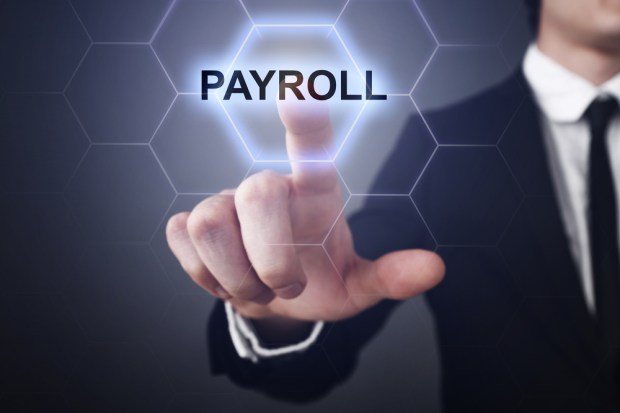Skipping The Line On Payday

The paycard industry has gotten a rough reputation, but there are needs among unbanked workers that still are being unmet. Here’s how SOLE is helping meet those needs and helping firms cut down on the costs tied to paper checks.
Paycards have had their share of negative press in months gone by, with the snafus surrounding RushCard only among the more recent examples. But the fact remains that the unbanked working population in the United States needs to have some conduit to cash and a safe haven away from the fees charged by check cashing outlets. The question becomes: How can paycards benefit employers and employees alike?
Though a longtime player in the payroll card market, the SOLE Visa Payroll Card made its entrance late last month in the iSolved Marketplace. The company said that the paycard allows employers to pay their employees immediately. That speed to payment dovetails with a recent poll commissioned by Visa, which found that of payroll card users, 86 percent of those surveyed prefer being paid by card over paper check.
In an interview with PYMNTS, Taylor Ellsworth, content manager for SOLE Financial, said that the card ideally will be used by employers “who have a large population of employees who are unbanked or they are still being paid by paper check, instead of by direct deposit into a bank account.” The most rapid adopters of the prepaid payroll card, traditionally, would be operators within the restaurant, manufacturing, assisted living and health care industries, among others.
Speaking specifically to the benefits for employees of the paycard, Ellsworth said that users “enjoy the benefits of a debit card without having to worry about the overdraft fees or minimum balance requirements that often prevent them from opening bank accounts.” SOLE cardholders, she continued, have typically, in the past, paid bills at in-store locations or at check cashing venues, which costs them both money and time.
For the employer, noted Ellsworth, the savings tied to not issuing paper checks can be substantial, as, on average, they save $3.15 per check not printed. “So,” she added, “an employer with 100 employees saves $315 every single payday.” The movement toward 100 percent direct deposit also leaves an electronic record that wages have been paid and allows for better management of the balance sheet, as under the traditional check cashing model, there can be a lag time between when checks are issued and when they are cashed.
Speaking directly to the controversies that have surrounded the payroll card model itself, Ellsworth stated that there is a misconception among some observers that “general purpose reloadable prepaid cards are one and the same,” and in fact, payroll cards face relatively steeper regulatory oversight. “Our focus is on teaching our cardholders how to avoid fees and use the card as a debit card in a sustainable way that adds value to their lives. In learning how to use the card this way, we are building a long-term cardholder base.”
Ellsworth also noted that her firm’s “fee schedule is disclosed clearly at every turn — on our website, on the cardholder agreement, on our app and elsewhere … We actually make our money through the interchange fees paid by merchants to Visa, and our cardholders who have figured out how to avoid fees and use the card as a debit card are the users who are most profitable to SOLE.”
